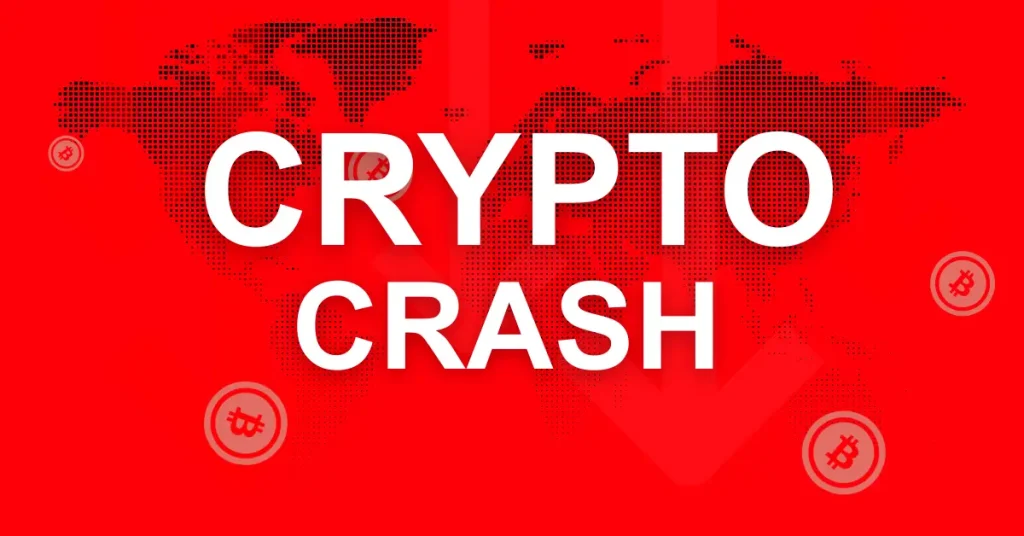
air drop. This word seems to magically excite crypto users and spark endless debate about on-chain interactions.
Airdrops have brought significant liquidity to the crypto market in recent years, propelling numerous promising projects to new heights.
Currently, many new and existing protocols and projects built on chains such as Ethereum Layer 2, Sonala, and Cosmos are looking to build engagement by promising or hinting at airdrops. It has become common for companies to announce publicly that they are in the “airdrop season.”
But have you ever wondered why airdrops are so popular? Why do airdrops work so effectively when other trends are short-lived? What does a well-executed airdrop campaign look like?
Airdrop psychology
At the heart of airdrops is the universal appeal of getting something for “free.”
But there's more going on than just receiving something for free. In reality, airdrops aren't really “free.” It is distributed as a reward for actively participating in the growth of crypto asset projects and blockchain ecosystems. In other words, it requires time and attention.
The question is, how can airdrops maintain recipients' interest? Airdrops ideally should not only appeal to the desire for financial rewards, but also evoke a sense of belonging to the community.
The beauty of using airdrops as an effective marketing strategy is the dual function they serve at the top of the funnel (a marketing term used to describe the path a consumer takes before making a purchase). Airdrops serve as a gateway to introduce new projects and platforms to users.
But the goal is not just user acquisition; airdrop campaigns can also be designed to maintain user engagement and liquidity after the token launch. For example, staking mechanisms create stronger ties between token holders and projects by encouraging long-term investment.
Furthermore, by strategically incorporating staking mechanisms into airdrops, we can control the circulating supply, improve tokenomics, and support token prices in volatile crypto markets.
But to retain users, projects need to complement the initial offer with an engaging user experience.
By rewarding users for staking airdropped tokens, projects can create deep commitment to the ecosystem.
But success lies in striking the right balance between creating attraction and maintaining interest, where factors other than free tokens play an important role.
Cosmos: Airdrop Multiverse
The Cosmos ecosystem serves as a model success story for airdrop implementation.
Consider the recent example of the airdrop of the Dymension chain’s native token DYM. By using various tiered criteria, the Dymension team created significant price movement for the DYM token while rewarding early adopters and supporters of the blockchain ecosystem.
Similarly, the airdrop of TIA tokens on the Celestia network and INJ tokens on the Injective chain not only rewarded active users, but also boosted the ecosystem by providing staking incentives. I encouraged them to participate more.
I want you to imagine the following scenario. Let's say an early user decides to stake INJ and TIA to get rewards from DYM airdrops. Then, instead of selling these tokens immediately, they will be motivated to further stake DYM within the Cosmos ecosystem and receive more airdrop rewards.
It goes without saying that liquid staking and restaking mechanisms are becoming increasingly popular.
All of these elements contribute to creating an autonomous engine that runs the entire ecosystem smoothly. Strategically planned airdrops not only benefit individual users, but also contribute to the growth and stability of the entire ecosystem.
By incentivizing participation and investment in infrastructure, crypto projects can foster engaged communities that actively support and drive the development of the ecosystem.
Optimization for sustainable growth
When discussing airdrops, it is important not to keep in mind the controversial but widely accepted term “airdrop farming” in the blockchain ecosystem. For users, the presence of bots and fake accounts can give the impression that the rewards earned are diluted.
While many crypto projects have taken steps to prevent bots and fake accounts from participating in token airdrops (aka Sybil attacks), some projects are simply ignoring this issue. It has become clear that Human activity can greatly inflate user metrics and manipulate online engagement.
To the average user or investor, a superficial look at these metrics may make it appear that an “over-farmed” project is doing very well in terms of growth and adoption.
This creates excitement and speculation fueled by crypto marketing. While some projects may consider themselves successes, this approach is deceptive and likely to backfire.
For example, if airdrop enthusiasts move to another promising ecosystem that offers lucrative airdrops, it may be difficult to explain to investors that user activity has significantly decreased. Additionally, excessive fake account activity makes it difficult for projects to accurately assess user activity on platforms and networks.
When such projects are launched, there is always a concern that the infrastructure may not actually work as expected.
The real challenge lies in creating a user experience that's engaging enough to retain new participants over time. A successful airdrop campaign requires careful planning, targeted outreach, and transparent communication.
By setting specific goals and maintaining an open attitude to the community, projects can leverage airdrops as an integral part of their long-term engagement strategy.
Airdrops can serve as a powerful catalyst for building and contributing to a project ecosystem. For example, Jupiter, a Solana-based transaction aggregator, distributed JUP tokens to over 1 million wallets that previously interacted with the DeFi protocol.
Meanwhile, Blast, the controversial layer 2 on Ethereum, is rolling out financial incentives to encourage developers to develop on their chain in anticipation of the airdrop.
That said, airdrop campaigns are in danger of becoming an overused marketing tactic in the current bull market.
The real value of airdrops lies in the broad strategic approach to attracting users and driving organic growth by aligning incentives between community supporters, active developers, and network maintainers. It depends on how you fit it inside.
Although an effective marketing strategy for making an immediate impact and gaining attention, airdrops are only truly valuable if they have a lasting effect. It should be seen as part of a comprehensive vision, not just “free” advertising.
|Translation and editing: Akiko Yamaguchi, Takayuki Masuda
|Image: Shutterstock
|Original text: Are Airdrops Effective Marketing?
The post Is airdrop effective marketing | CoinDesk JAPAN appeared first on Our Bitcoin News.

 1 year ago
74
1 year ago
74














 English (US) ·
English (US) ·